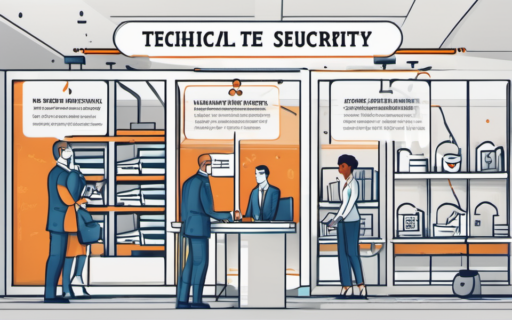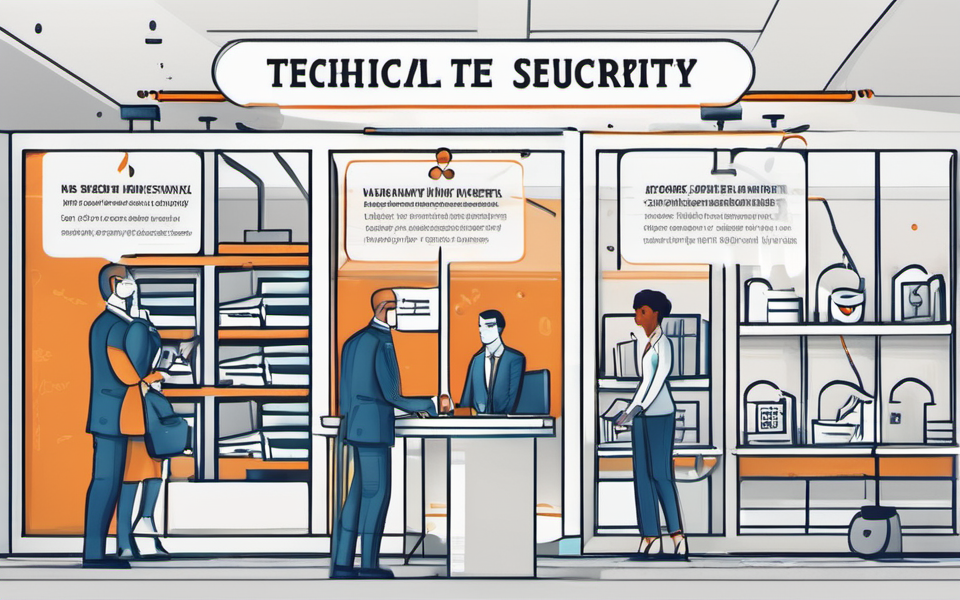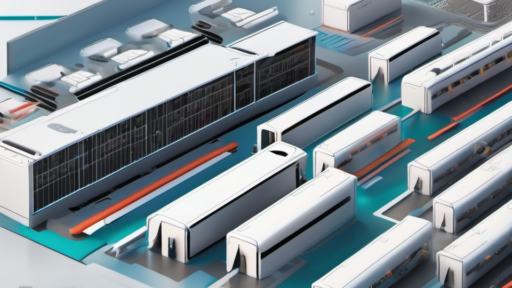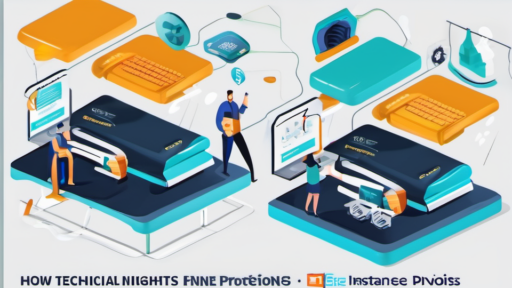The Future of Cybersecurity: A Brave New World of Threats
You might think you’ve got your security game down. You’ve implemented strong passwords, firewalls are in place, and maybe even a fancy multi-factor authentication system. But here’s the harsh reality: the cyber landscape is evolving at lightning speed. Hackers are getting smarter and more sophisticated by the day, using advanced tactics that bypass traditional defenses.
If you think you’re immune to these threats, you’re in for a rude awakening. This isn’t just a tech issue, it’s an existential threat to businesses and individuals alike. Your sensitive data, financial information, and even your online identity are at risk. But fear not, the key to surviving in this new world isn’t just about being paranoid, it’s about adapting. It’s about harnessing the power of technical insights to outmaneuver your attackers.
Let’s explore the ever-evolving cybersecurity landscape and discover how to stay one step ahead.
Unmasking the Cyber Adversaries
The first step to protecting yourself is understanding the enemy. Modern cyber threats come in all shapes and sizes, and they’re constantly evolving to circumvent security measures. Here are some of the big players:
1. Advanced Persistent Threats (APTs)
These are highly organized and well-funded groups that target specific organizations, often with long-term objectives. Their attacks are sophisticated and stealthy, focusing on data theft, espionage, and disruption. APTs might employ:
- Zero-day exploits: Exploiting unknown vulnerabilities before they can be patched
- Malicious code: Deploying custom-made malware for targeted attacks
- Social engineering: Using psychological manipulation to trick victims into compromising their systems
Think of an APT like a well-coordinated team of spies. Their goal is to stay hidden, gathering information and taking their time to achieve their objective. They’re relentless, determined to gain access to your most valuable data.
2. Ransomware Attacks
Ransomware has gone from a nuisance to a global pandemic, holding sensitive data hostage and demanding payment for its release. This kind of cybersecurity incident works by encrypting your files, rendering them inaccessible until you pay a ransom.
Ransomware has become so common and profitable that specialized criminal organizations have emerged. They employ various methods to spread their malware, often exploiting vulnerabilities in systems, relying on social engineering techniques, or targeting unpatched software.
Ransomware can have a crippling effect, disrupting business operations, stealing valuable intellectual property, and causing immense reputational damage. This isn’t just a tech problem, it can devastate businesses financially, making it critical to understand how to prevent ransomware attacks and prepare for the worst-case scenario.
Embrace Proactive Security Measures
We can’t afford to wait for attackers to come knocking on our digital doors. The only way to stay ahead is to adopt a proactive security approach. It’s about anticipating the threats and being prepared to neutralize them. Here’s how to do it:
1. Understanding The Landscape Through Intelligence
The first step towards a robust security posture is understanding the threat landscape. This involves analyzing current and emerging cyber threats, identifying your potential vulnerabilities, and staying abreast of the latest attacks. Cyber threat intelligence can provide crucial insights:
- Information on new attack vectors: Staying ahead of emerging threats
- Details on adversaries: Understanding the motivation and capabilities of attackers
- Risk assessment: Knowing which threats pose the biggest risk to your organization
There are various sources for threat intelligence, from government agencies like the U.S. Cybersecurity and Infrastructure Security Agency (CISA) to private organizations offering specialized threat intelligence reports.
2. Vulnerability Assessment: Find the Weak Spots
You wouldn’t let strangers wander freely through your home without checking for any weak points. Similarly, you need to conduct thorough vulnerability assessments on your systems. A vulnerability assessment identifies potential weaknesses in your network infrastructure, software, and even human practices. These assessments can involve:
- Automated scans: Tools used to scan for known vulnerabilities in your system
- Penetration testing: Simulating a real attack to identify security flaws
- Manual assessments: Involving human experts who examine your systems in detail
Once vulnerabilities are identified, they can be patched and mitigated, minimizing the risk of exploitation.
3. Embrace Modern Security Solutions
The era of basic firewalls and password-based authentication is fading. Modern cyberattacks are too sophisticated for these legacy methods. You need to adopt modern security solutions that embrace proactive security and can keep pace with evolving threats.
- Next-Generation Firewalls: Go beyond simple firewalling, providing intelligent threat analysis and real-time protection
- Intrusion Detection and Prevention Systems: Proactively detect and block malicious activity
- Endpoint Security: Secure your devices (laptops, mobile phones) with endpoint detection and response (EDR) technologies
- Data Loss Prevention (DLP): Prevent sensitive information from leaking outside your organization
- Cloud Security Solutions: Protect your cloud workloads and data from threats
A Shift In Mindset: Building a Culture of Security
You can have the most robust technology in place, but it’s useless without a strong security culture within your organization.
1. Invest In Your Team’s Security Skills
A company’s greatest asset is its people. Invest in cybersecurity training for all employees. Encourage continuous education on:
- Social engineering tactics: Teaching them to identify suspicious emails, phishing attempts, and other scams
- Safe practices: Guidelines for password hygiene, file sharing, and data protection
- Cybersecurity awareness: Instilling a culture of vigilance and responsibility for data protection
Regular security awareness campaigns, phishing simulations, and training can make your employees your strongest line of defense against cybersecurity threats.
2. Embrace a “Security First” Mindset
It’s not just about IT professionals; security must permeate every level of the organization. From executive leadership to individual contributors, everyone needs to be a champion of security. This involves:
- Enforcing robust policies and procedures: Clearly define acceptable practices and enforce compliance
- Prioritizing data protection: Integrate data protection as a core business function
- Open communication: Create an open environment where employees feel comfortable reporting suspicious activity
Building a secure organization requires a holistic approach where security becomes an integral part of every decision, action, and process.
The Future of Security: An Ongoing Evolution
Cybersecurity isn’t a one-time fix; it’s a journey. As the threat landscape continues to evolve, your strategies and tools need to keep pace. Here’s how you can navigate the future:
- Continuous monitoring: Stay vigilant, constantly monitoring for suspicious activity and adjusting your defenses accordingly.
- Embrace Automation: Automate routine security tasks, freeing your team to focus on more complex issues and proactively hunt for threats.
- AI & ML for the Future: Leverage AI and machine learning to improve threat detection and response, gaining real-time insights and adapting your security posture dynamically.
The world of cybersecurity is a dynamic one. The most effective approach is to constantly learn, adapt, and embrace a proactive security mindset to protect yourself against evolving cyber threats. The future of security is about staying one step ahead, constantly improving, and building a resilient organization.
Key Takeaways
- The threat landscape is constantly changing, so staying ahead requires adapting your security practices.
- Vulnerability assessments are crucial for identifying potential weaknesses.
- Investing in cybersecurity training is vital for employees of all levels.
- Building a secure organization involves integrating security into every process.
- Stay updated on emerging threats and invest in advanced security solutions.






